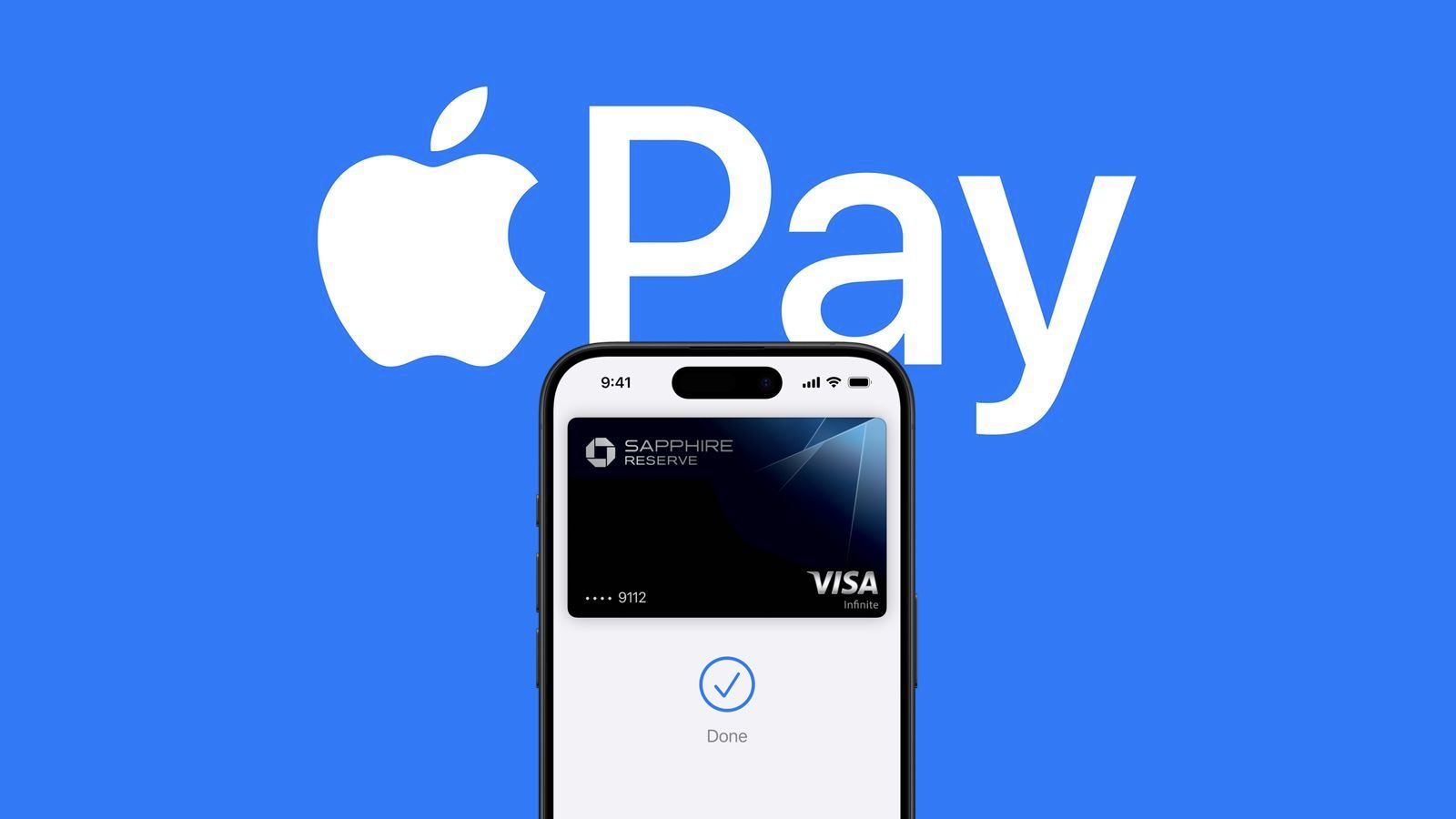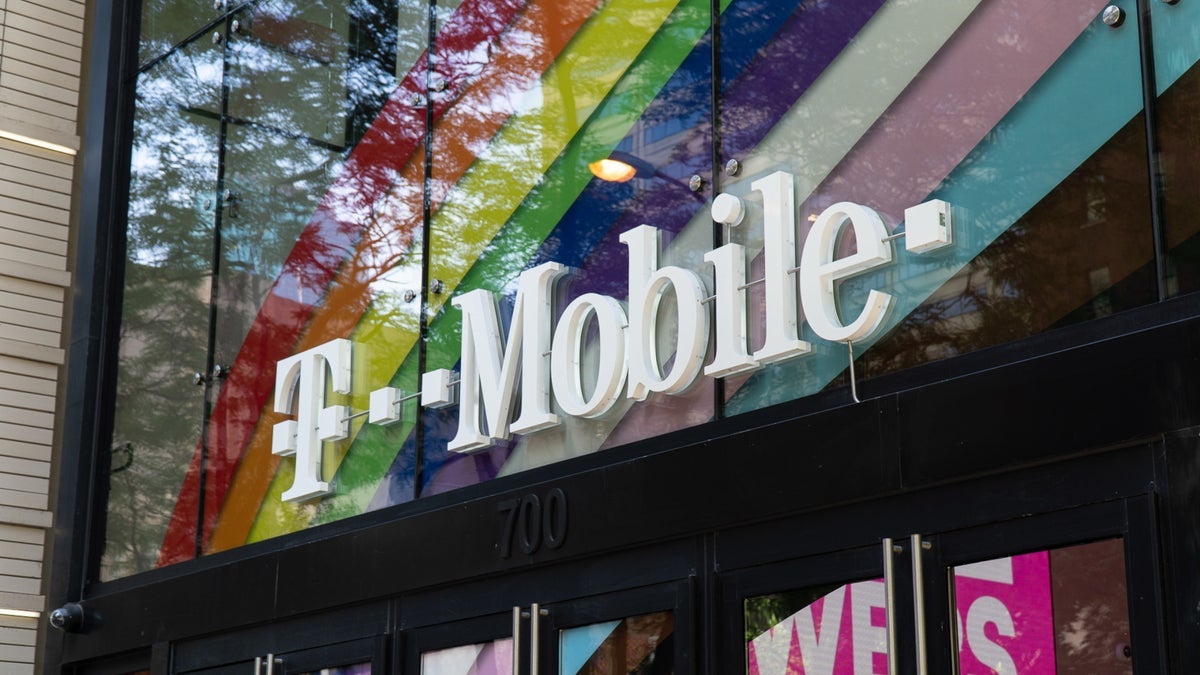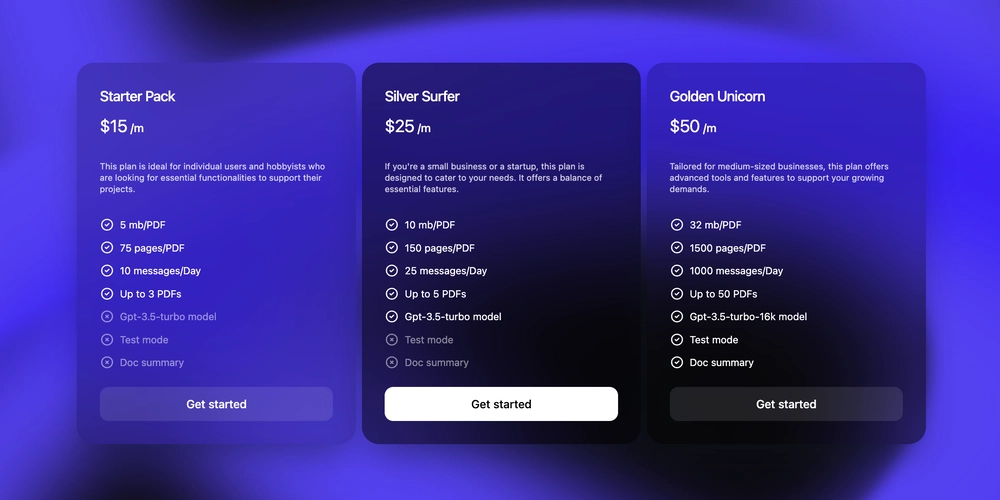SSL Certificate for Subdomains: How to Get One for Your Website
Most people understand the need to secure their main website with SSL. But what about the subdomains — the blog, the store, the dashboard? If those parts of your site aren’t protected, you’re leaving the door wide open for security risks. Securing subdomains is just as important as protecting your root domain, especially if they handle sensitive data like logins or transactions. Fortunately, you don’t need a separate certificate for each one. In this guide, we’ll break down how to get an SSL certificate for subdomains, explore the different types available (including wildcard options), and help you avoid common mistakes. Why SSL Matters Especially for Subdomains? SSL (or more accurately, TLS — but most people still say SSL) encrypts the connection between your website and your visitors. It prevents data from being intercepted by hackers and gives users that familiar padlock icon in the browser bar. If your site uses subdomains like shop.example.com, login.example.com, or blog.example.com, each of those acts as its own “mini-site.” And just like your main domain, they can be targeted by attackers. Without SSL: Users may see “Not Secure” warnings Search engines may rank you lower Sensitive data could be exposed Long story short: SSL is just as important for subdomains as it is for your main site. Types of SSL Certificates for Securing Subdomains When it comes to protecting subdomains, there are a few SSL options. Here’s a simple breakdown: 1. Wildcard SSL Certificate A wildcard SSL certificate is the go-to for most websites with multiple subdomains. It secures one domain and all its first-level subdomains, anything like *.example.com. So with one certificate, you can secure: example.com blog.example.com shop.example.com login.example.com Best for: Websites with several subdomains under the same root Bonus: Easy to manage, cost-effective Note: Wildcard SSL does not cover second-level and third-level subdomains. 2. Multi-Domain SSL (SAN Certificate) This type can secure multiple domains and subdomains, like: example.com store.example.com example2.com mail.example2.com You list each one individually, so it’s super flexible. Best for: Businesses with several sites and subdomains Drawback: Slightly more expensive and technical 3. Individual Certificates This method means you get a separate SSL certificate for each subdomain. For example, one for example.com, another for blog.example.com, maybe one for shop.example.com—each one handled on its own. It gives you more control over how each part of your site is secured, which can be handy if you’ve got different teams or tools managing different subdomains. That said, it can also turn into a bit of a chore. You’ll have to install and renew each certificate separately, and that can add up fast if you’ve got a bunch of them. Best for: Complex setups where different subdomains need unique certificates (e.g., separate dev teams or services). Drawback: Not scalable for sites with many subdomains can get time-consuming. 4. Multi-Domain Wildcard SSL Certificates If your setup includes multiple domains, and each of those domains also has its own set of subdomains, then a Multi-Domain Wildcard SSL certificate is the way to go. It’s designed for more complex environments where a standard wildcard or single SAN certificate just isn’t enough. It covers multiple-level subdomains within single SSL. Let’s break it down with an example: *.example1.com would cover things like blog.example1.com, shop.example1.com, or mail.example1.com. If you also need to secure something deeper (second-level or third-level subdomains), like tech.blog.example1.com, you’d use a wildcard for *.blog.example1.com. Now let’s say you also own example2.com, and want to secure payment.example2.com or support.example2.com — you’d include *.example2.com in the same certificate. Best for: Businesses or agencies juggling multiple projects, brands, or platforms under different domains. What to consider: These certificates are powerful, but they’re also more expensive and might be overkill if you’re only working with one domain. How to Get an SSL Certificate for Subdomains Here’s a simple step-by-step to help you get SSL set up: 1. Make a List of Your Subdomains Know what you need to protect- blog, shop, login, etc. This will help you pick the right SSL type. 2. Pick the Right Type of Certificate Just one domain? Go with single-domain SSL Many subdomains? Get a wildcard SSL certificate Multiple sites and subdomains? Choose multi-domain/SAN SSL 3. Choose a Trusted SSL Certificate Provider Here are some of the popular options for low-cost SSL certificate providers: DigiCert Sectigo RapidSSL GlobalSign SSL2Buy Make sure the provider supports the type of certificate you need. 4. Install the SSL Certificate Your hosting provider usually helps with this. If you
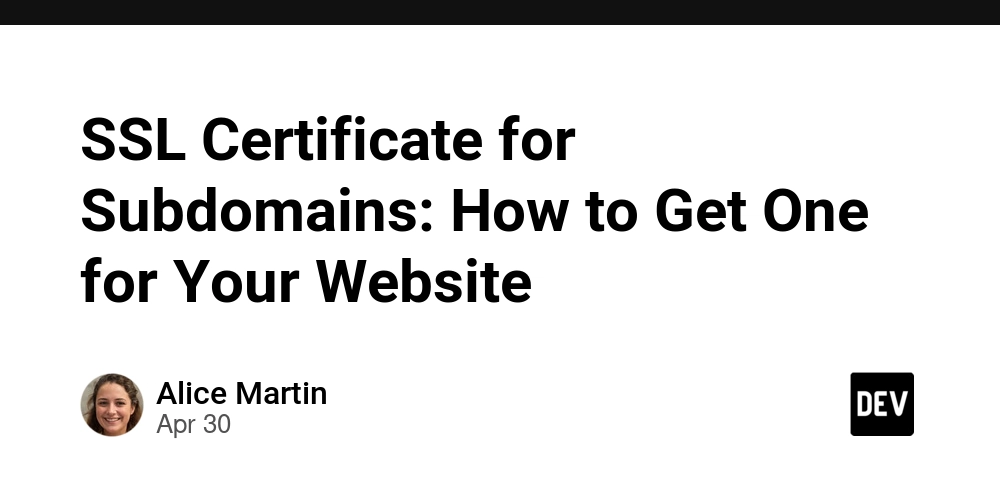
Most people understand the need to secure their main website with SSL. But what about the subdomains — the blog, the store, the dashboard? If those parts of your site aren’t protected, you’re leaving the door wide open for security risks.
Securing subdomains is just as important as protecting your root domain, especially if they handle sensitive data like logins or transactions. Fortunately, you don’t need a separate certificate for each one. In this guide, we’ll break down how to get an SSL certificate for subdomains, explore the different types available (including wildcard options), and help you avoid common mistakes.
Why SSL Matters Especially for Subdomains?
SSL (or more accurately, TLS — but most people still say SSL) encrypts the connection between your website and your visitors. It prevents data from being intercepted by hackers and gives users that familiar padlock icon in the browser bar.
If your site uses subdomains like shop.example.com, login.example.com, or blog.example.com, each of those acts as its own “mini-site.” And just like your main domain, they can be targeted by attackers.
Without SSL:
- Users may see “Not Secure” warnings
- Search engines may rank you lower
- Sensitive data could be exposed
Long story short: SSL is just as important for subdomains as it is for your main site.
Types of SSL Certificates for Securing Subdomains
When it comes to protecting subdomains, there are a few SSL options. Here’s a simple breakdown:
1. Wildcard SSL Certificate
A wildcard SSL certificate is the go-to for most websites with multiple subdomains. It secures one domain and all its first-level subdomains, anything like *.example.com. So with one certificate, you can secure:
example.comblog.example.comshop.example.comlogin.example.com
Best for: Websites with several subdomains under the same root
Bonus: Easy to manage, cost-effective
Note: Wildcard SSL does not cover second-level and third-level subdomains.
2. Multi-Domain SSL (SAN Certificate)
This type can secure multiple domains and subdomains, like:
example.comstore.example.comexample2.com-
mail.example2.comYou list each one individually, so it’s super flexible.
Best for: Businesses with several sites and subdomains
Drawback: Slightly more expensive and technical
3. Individual Certificates
This method means you get a separate SSL certificate for each subdomain. For example, one for example.com, another for blog.example.com, maybe one for shop.example.com—each one handled on its own.
It gives you more control over how each part of your site is secured, which can be handy if you’ve got different teams or tools managing different subdomains. That said, it can also turn into a bit of a chore. You’ll have to install and renew each certificate separately, and that can add up fast if you’ve got a bunch of them.
Best for: Complex setups where different subdomains need unique certificates (e.g., separate dev teams or services).
Drawback: Not scalable for sites with many subdomains can get time-consuming.
4. Multi-Domain Wildcard SSL Certificates
If your setup includes multiple domains, and each of those domains also has its own set of subdomains, then a Multi-Domain Wildcard SSL certificate is the way to go. It’s designed for more complex environments where a standard wildcard or single SAN certificate just isn’t enough. It covers multiple-level subdomains within single SSL.
Let’s break it down with an example:
*.example1.com would cover things like blog.example1.com, shop.example1.com, or mail.example1.com.
If you also need to secure something deeper (second-level or third-level subdomains), like tech.blog.example1.com, you’d use a wildcard for *.blog.example1.com.
Now let’s say you also own example2.com, and want to secure payment.example2.com or support.example2.com — you’d include *.example2.com in the same certificate.
Best for: Businesses or agencies juggling multiple projects, brands, or platforms under different domains.
What to consider: These certificates are powerful, but they’re also more expensive and might be overkill if you’re only working with one domain.
How to Get an SSL Certificate for Subdomains
Here’s a simple step-by-step to help you get SSL set up:
1. Make a List of Your Subdomains
Know what you need to protect- blog, shop, login, etc. This will help you pick the right SSL type.
2. Pick the Right Type of Certificate
- Just one domain? Go with single-domain SSL
- Many subdomains? Get a wildcard SSL certificate
- Multiple sites and subdomains? Choose multi-domain/SAN SSL
3. Choose a Trusted SSL Certificate Provider
Here are some of the popular options for low-cost SSL certificate providers:
- DigiCert
- Sectigo
- RapidSSL
- GlobalSign
- SSL2Buy
Make sure the provider supports the type of certificate you need.
4. Install the SSL Certificate
Your hosting provider usually helps with this. If you’re using cPanel, it often just takes a few clicks.
5. Redirect to HTTPS
Once installed, redirect your site to use HTTPS, which tells browsers and users to use the secure version of your site.
6. Test Everything
Use SSL checker tools to confirm your certificate is working properly across all your subdomains.
What are the Benefits of Adding SSL to Subdomains?
- Better Security – Everything is encrypted and harder to hack
- More Trust – The padlock tells visitors your site is safe
- SEO Boost – Google likes secure sites
- Legal Compliance – Helps with rules like GDPR and PCI-DSS
- Peace of Mind – One less thing to worry about
If you’re using a wildcard SSL certificate, managing security is a lot easier — no need to install a separate cert for each subdomain.
Mistakes to Watch Out For When Installing Subdomain SSL:
A few things can go wrong if you’re not careful:
- Choosing the wrong certificate (e.g., single-domain instead of wildcard)
- Forgetting new subdomains- make sure they’re included
- Letting SSL expire- renew on time or set up auto-renew
- Not using HTTPS redirects, which can confuse users and search engines
Quick FAQs
Q: Do I need a separate SSL for every subdomain?
A: Yes, if you want them all to be secure. A wildcard SSL can cover them all easily in one certificate.
Q: Is free SSL enough?
A: For small projects, yes. But for business sites or online stores, paid SSL from a trusted provider is better.
Q: Which one is considered the best method for securing subdomains?
A: If you want to cover a single subdomain- you can go for Wildcard SSL, but want to secure multiple subdomains for multiple sites, then always opt for Multi-domain SSL.
Q: Can I mix certificate types?
A: You can, but it’s often easier to manage one wildcard or SAN certificate depending on your setup.
Final Thoughts
Securing your website isn’t just about the homepage. Your subdomains, such as login pages, blogs, and stores, are all part of the picture. Leaving them unprotected is like locking your front door but leaving the back wide open.
By choosing the right SSL certificate for subdomains, you’ll keep your visitors safe, build trust, and stay in good standing with search engines.
So, whether you go with an individual certificate, wildcard SSL certificate, a SAN cert, or a multi-domain wildcard option, just make sure every part of your site is protected.


















































_courtesy_VERTICAL.jpg)





















































































































![[The AI Show Episode 145]: OpenAI Releases o3 and o4-mini, AI Is Causing “Quiet Layoffs,” Executive Order on Youth AI Education & GPT-4o’s Controversial Update](https://www.marketingaiinstitute.com/hubfs/ep%20145%20cover.png)






























































































































![[DEALS] Mail Backup X Individual Edition: Lifetime Subscription (72% off) & Other Deals Up To 98% Off – Offers End Soon!](https://www.javacodegeeks.com/wp-content/uploads/2012/12/jcg-logo.jpg)






























































































































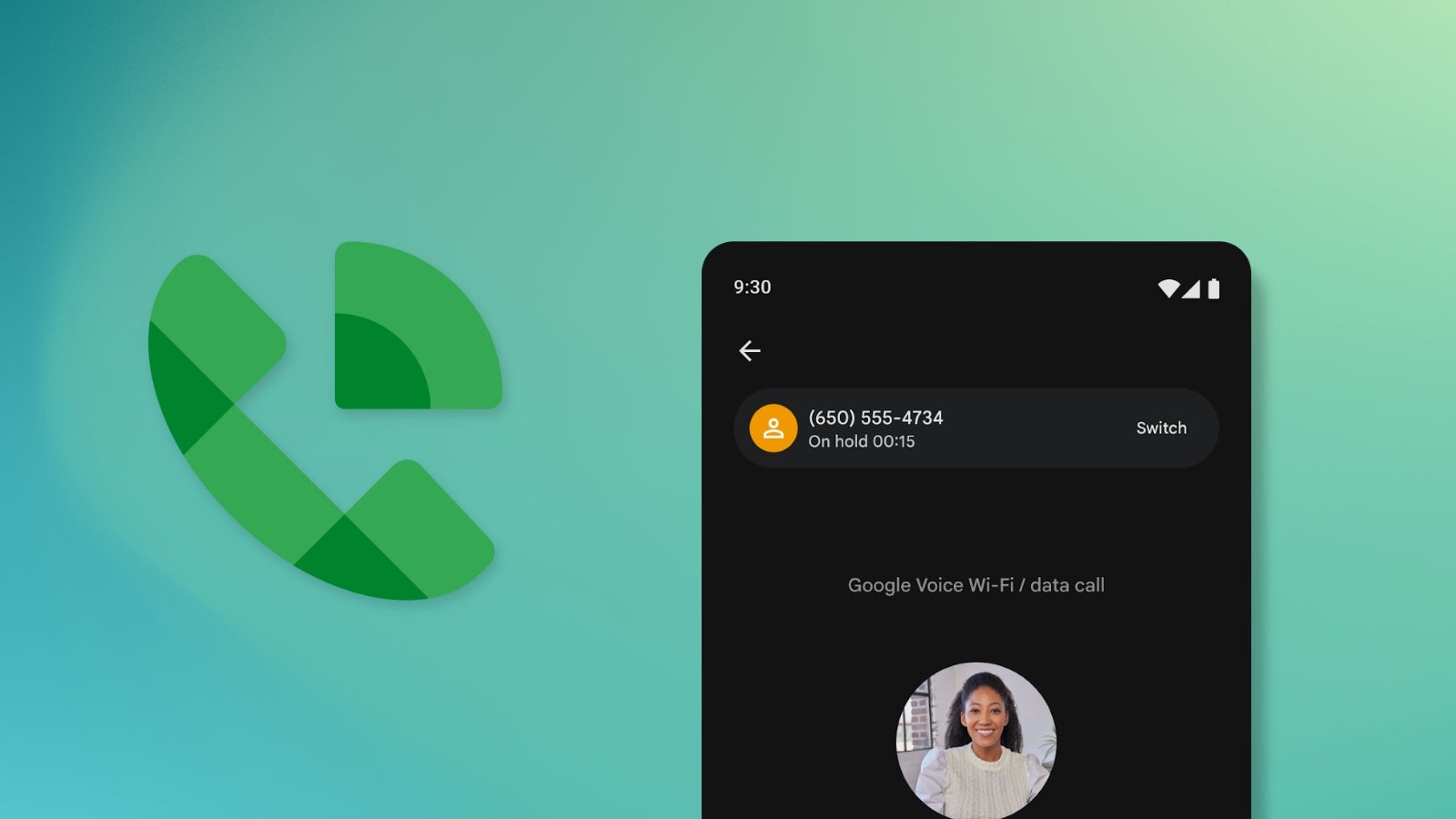














_Andreas_Prott_Alamy.jpg?width=1280&auto=webp&quality=80&disable=upscale#)






































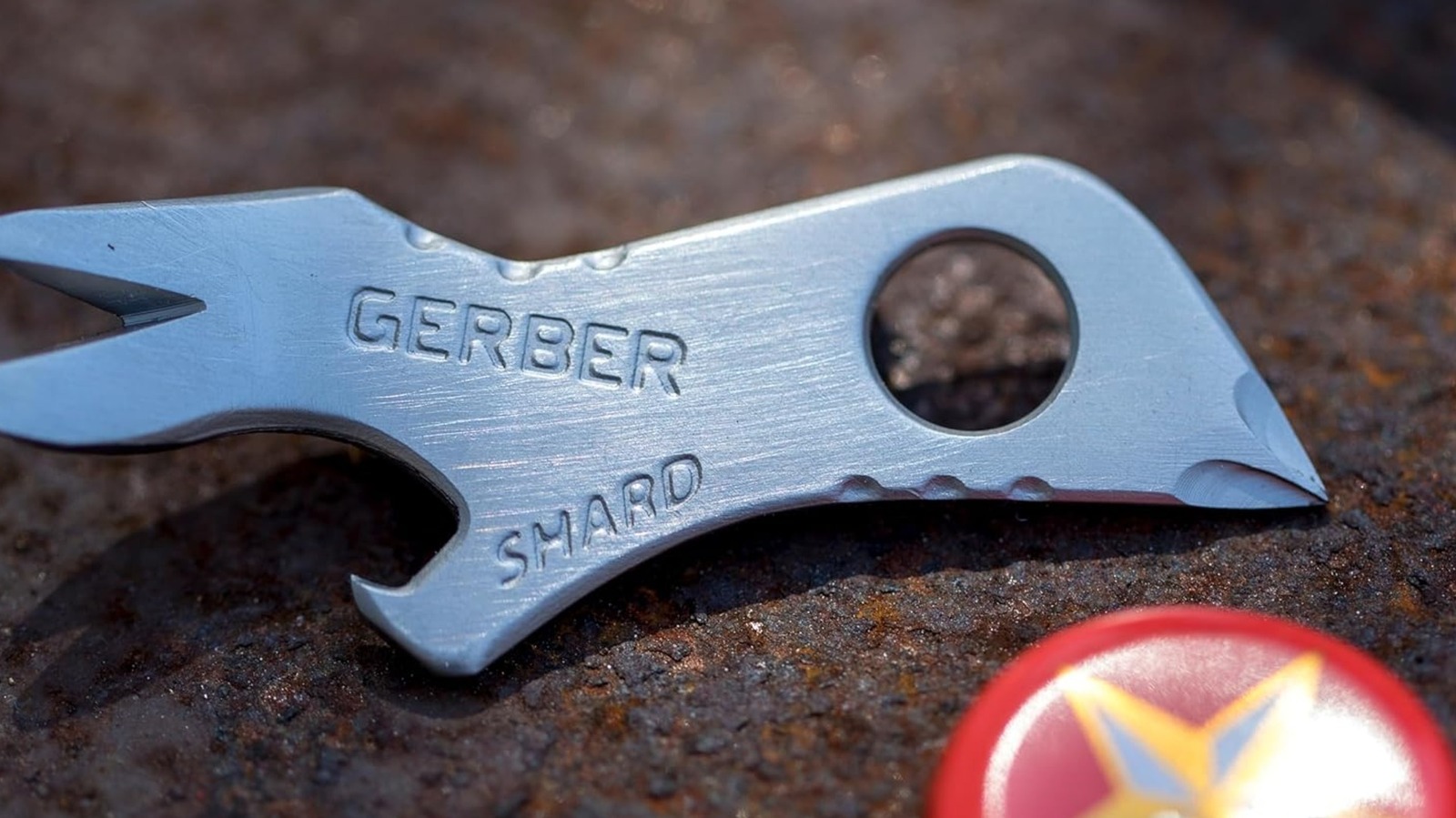

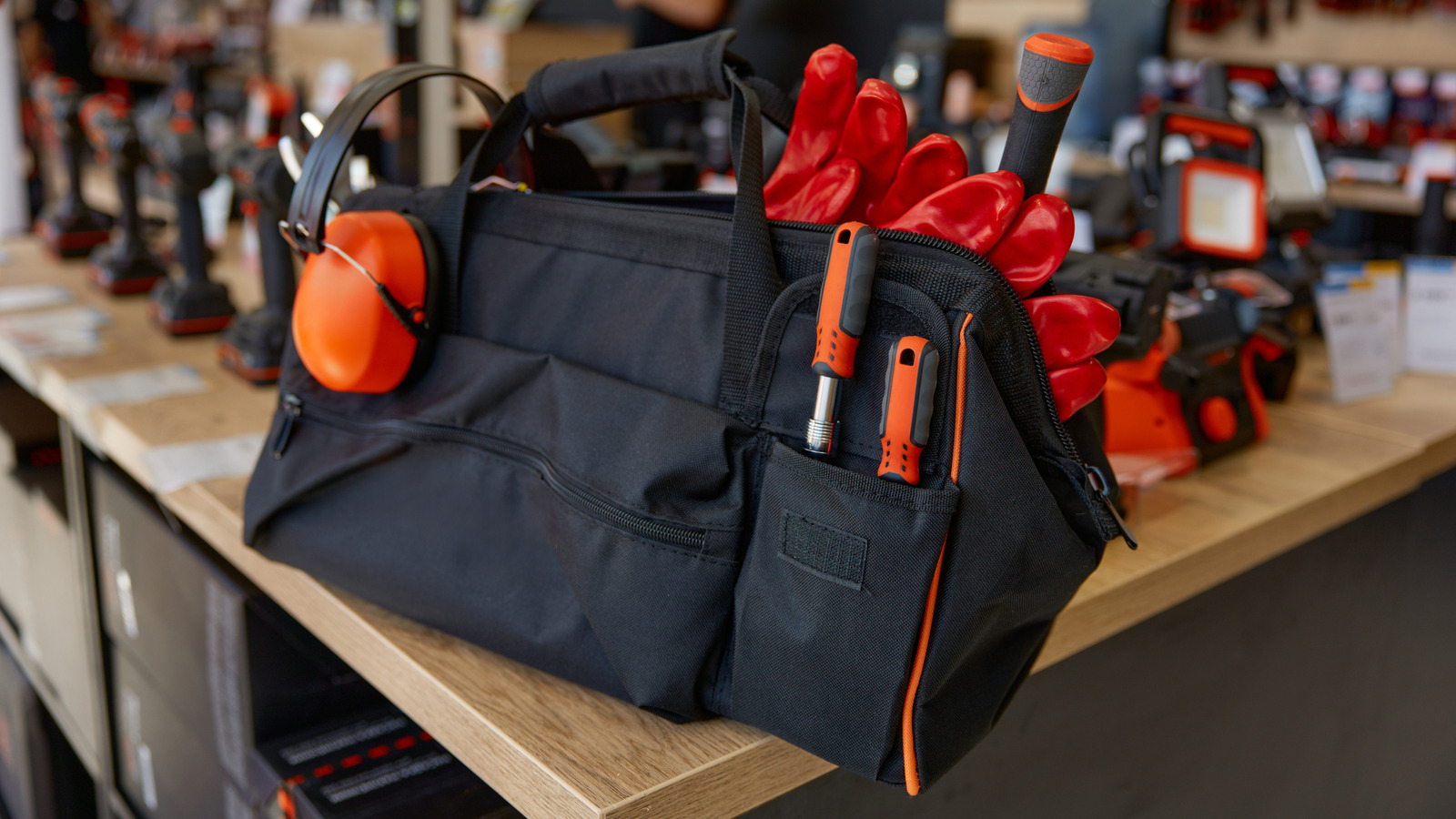






































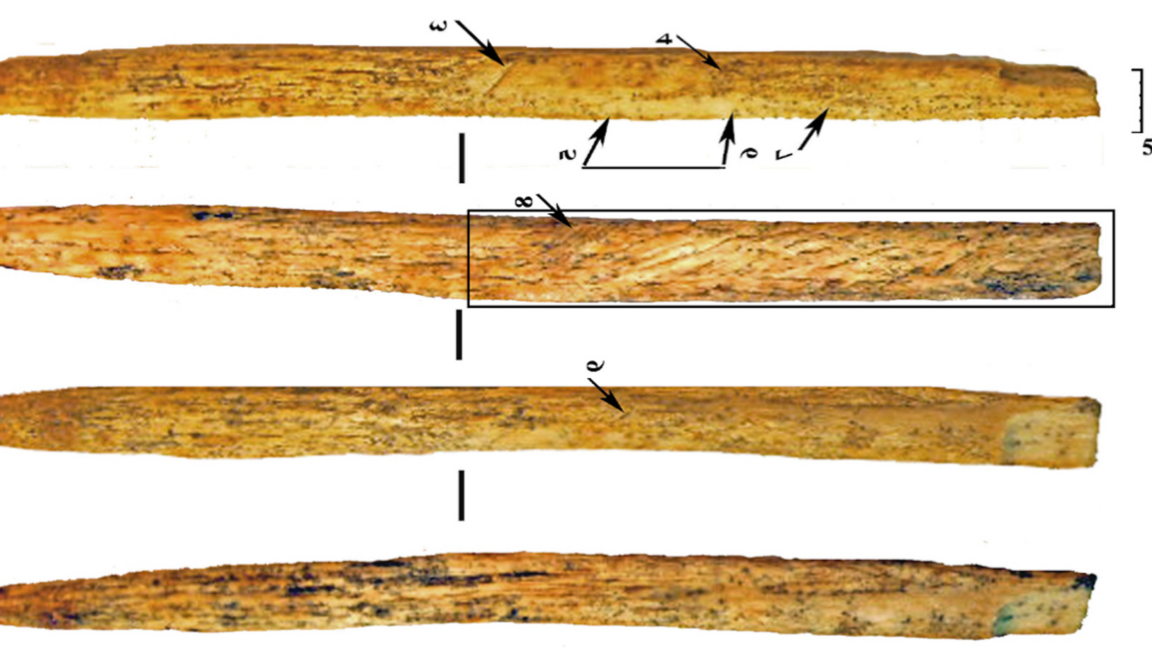



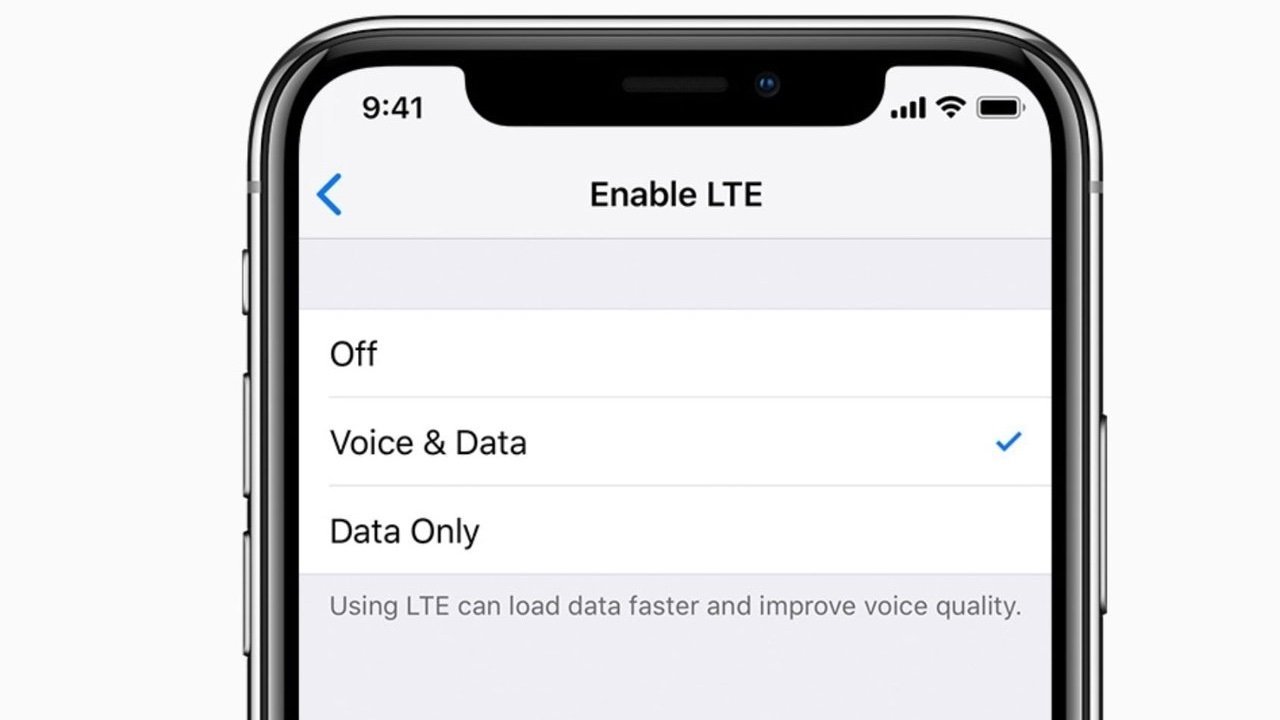

























![Apple Ships 55 Million iPhones, Claims Second Place in Q1 2025 Smartphone Market [Report]](https://www.iclarified.com/images/news/97185/97185/97185-640.jpg)












































